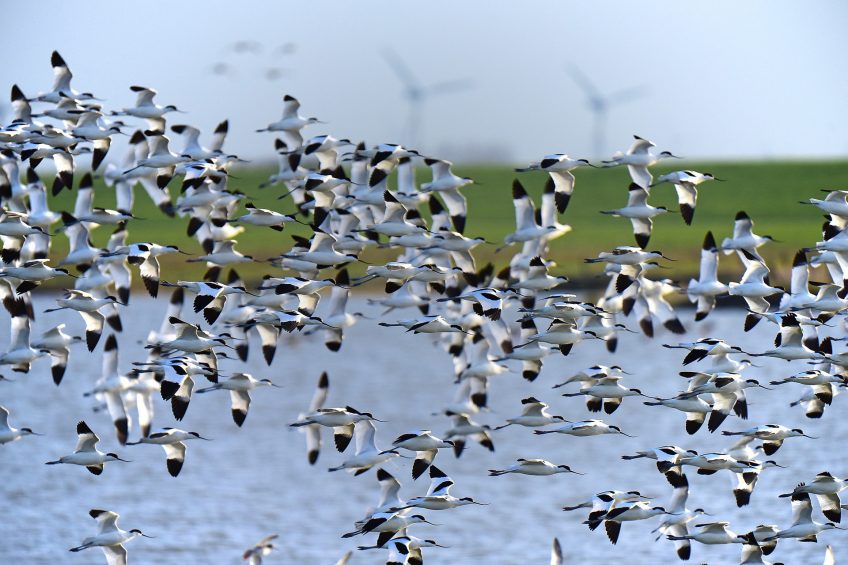Research: Genome-based approach detects avian flu outbreaks

Scientists are claiming that a new genomics-based testing approach can detect highly pathogenic avian influenza (HPAI) in wetland sediments.
4 years ago, an outbreak of HPAI hit the USA and Canada with devastating results. In the US more than 48 million birds were lost, costing the economy $3.3bn. And British Columbia a further 13 poultry farms were hit, leading to the culling of 240,000 birds.
Wild waterfowl were known to be the reservoir for AI, and although a surveillance programme was in place, it was limited to collecting and testing individual wild birds.
Surveillance and environmental monitoring
To improve the surveillance and add environmental monitoring, the British Columbia Ministry of Agriculture joined forces with the university and Centre for Disease Control Public Health Laboratory to develop a new approach – a genomics-based test that identifies and characterises AI viruses in wetland sediments.
Researchers fished out the bio-specific viral sequence from the genome and used tiny magnets to extract them. The probes are then magnified and the sequences are pulled down against the backdrop of many other organisms in the soil. The team used bio-tools to compare with existing viruses and analysed what was found in the sample.
Detecting AIV in sediment samples
The work, part-funded by Genome British Columbia, successfully demonstrated that this novel approach worked, as AIV was detected in a significant proportion of sediment samples, compared to less than 1% of detected in the current Canadian national wild bird AI surveillance programme.
Additionally, the outbreak virus was found in wetlands throughout the Fraser Valley – information that could have been used to mitigate the outbreak had the technology been available.
It led the researchers to carry out a new project – Genomic Analysis of Wetland Sediment as a Tool for Avian Influenza Surveillance and Prevention – which received investment totalling CAN $2.5m – from a range of organisation, including the Sustainable Poultry Farming Group.
For the latest insights on the 40+ most common poultry diseases, focusing on causes, clinical signs and proven treatment and control measures to take in account, check out the Poultry Health Tool.
Refine and validate the AI sediment surveillance
This phase follows on from previous work and is looking at what steps are required to move the technology from a successful proof-of-concept initiative to implementation. It includes scientific validation of technology as well as its incorporation into National and Provincial Wild Waterfowl AI Surveillance Programmes.
It is anticipated that this innovative approach will be adopted nationally and internationally for surveillance of AI and/or other diseases associated with wildlife.
Dr Catalina Lopez-Correa, Genome BC chief scientific officer, said the investment allowed the research team to refine and validate the AI sediment surveillance with genomics technologies, methodology and field approach.
“Most importantly, it allows for the identification of the optimal combination of AI surveillance techniques for maximum efficiency and efficacy,” she added.
Steve Leech, national programme manager for the Chicken Farmers of Canada, added: “This rapid response can be such a leap forward and has major implications for the poultry industry.
“This can be much broader from a public health perspective,” he told the Toronto Star.












